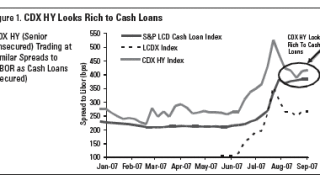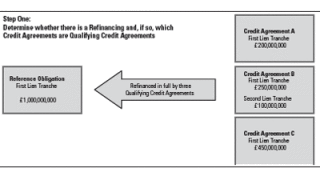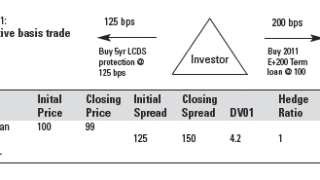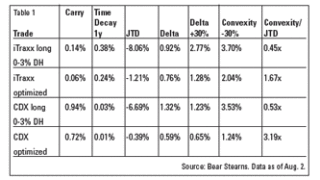Learning Curve
-
Chinese stock index futures are expected to start trading shortly.
-
The most recent version of the credit-default swaps on collateralized debt obligation terms and form of confirmation published in August by the International Swaps and Derivatives Association contains two annexes covering interest shortfalls.
-
The China Inter-Bank Market Financial Derivatives Master Agreement (2007 version) was published on 12 Oct. by the National Association of Financial Market Institutional Investors.
-
On Aug. 30, a plaintiff, as trustee of an irrevocable trust, filed a class action lawsuit against a large financial services provider in the U.S. District Court for the Central District of California, alleging violations of the federal securities laws and common law fraud.
-
The increasingly negative basis between credit-default swaps and cash extends to other asset classes.
-
Last year, DW published a Learning Curve entitled "The Line of Business Representation Is Alive and Well" in which the authors reviewed Khorram Properties v. McDonald Investments, CFTC Docket No. 04-R045.
-
Since the emergence of Japanese real estate investment trusts in 2001, their number has increased, and the balance of loans to, and bonds issued by REITs held by banks and investors has also grown.
-
Although derived from the cancellable form of the CDS on leveraged loans published last October, one of the distinguishing features of the International Swaps and Derivatives Association's CDS on loans confirmation is that it allows parties to specify at the outset whether they want the contract to be cancellable or non-cancellable.
-
The International Swaps and Derivatives Association published its new loan credit-default swap documentation on July 30, which is effective from Aug. 6.
-
In the second part of this Learning Curve we will analyze a strategy for optimizing spread convexity profiles, as laid out in part one last week.
-
Positive convexity trades are usually offered in the format of long 0-3% tranches and short index or 3-100% tranches. This exposes the investor to considerable default risk.
-
Corporate finance theory and practice exhibit significant discrepancies.




